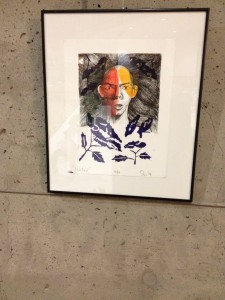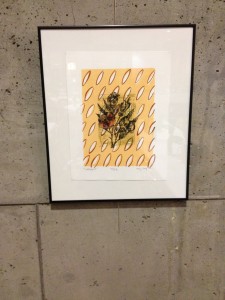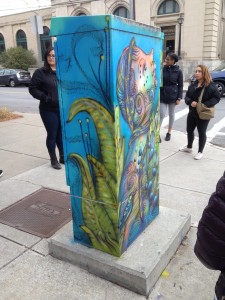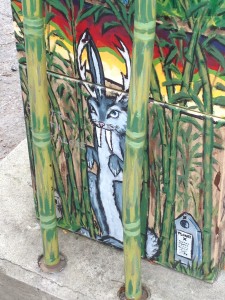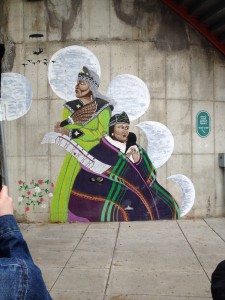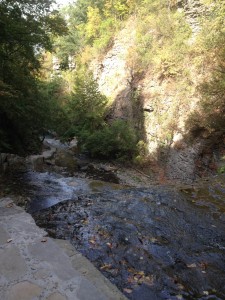This Wednesday, I went to a reception for the new art display in Rose Dining Room featuring prints inspired by poisonous plants. I thought this was a very unique theme for an art exhibition, so I was interested in seeing how the artists interpreted it in their works.
The prints were made by students in an Introduction to Print Media class last year, and the plants that they depicted are all specimens from the Cornell Plantations. The students learned about these plants through a guided tour given by the director of the Cornell Plantations, Todd Bittner. Prof. Bittner explained at the reception that he only taught students about the different types and attributes of the plants, and then let them decide on their own how to depict the plants in their art.
I was fascinated by the range of different approaches that the students used to portray the plants. Some pieces like Infected emphasized the plants’ dangerous properties, by showing the face of a man discolored by contact with a poisonous plant. On the other hand, some of the prints like Wallpaper, depicting a bouquet of flowers on a yellow background, highlighted the plants’ beauty rather than their danger.

